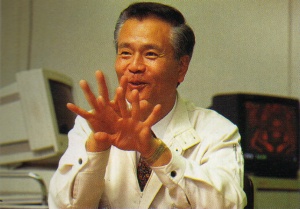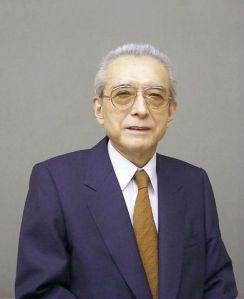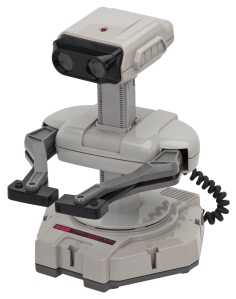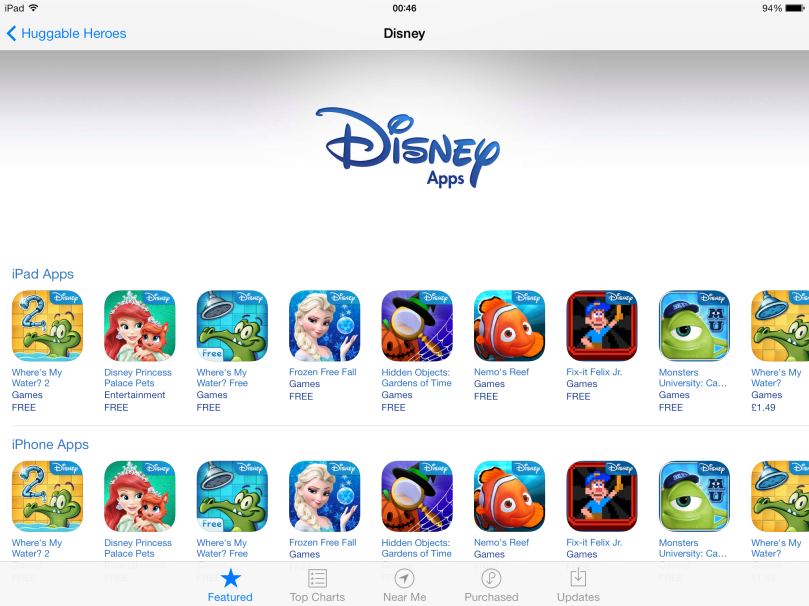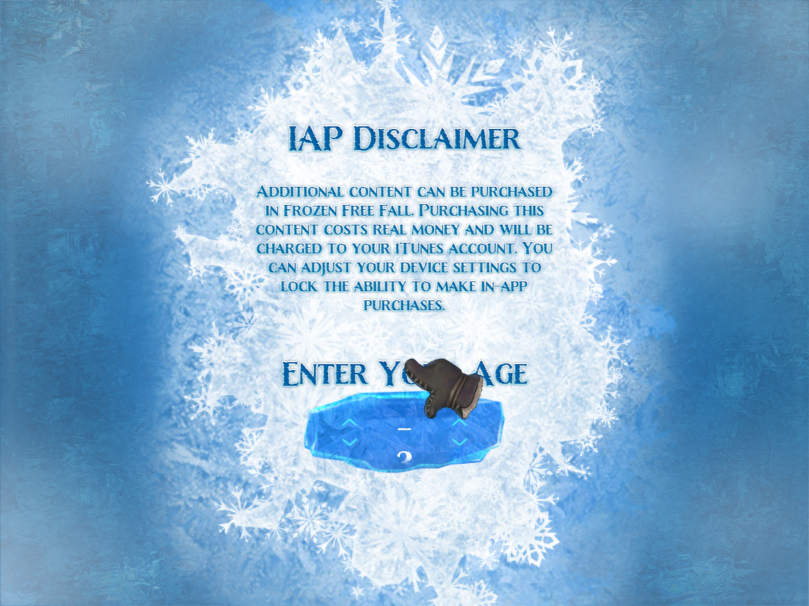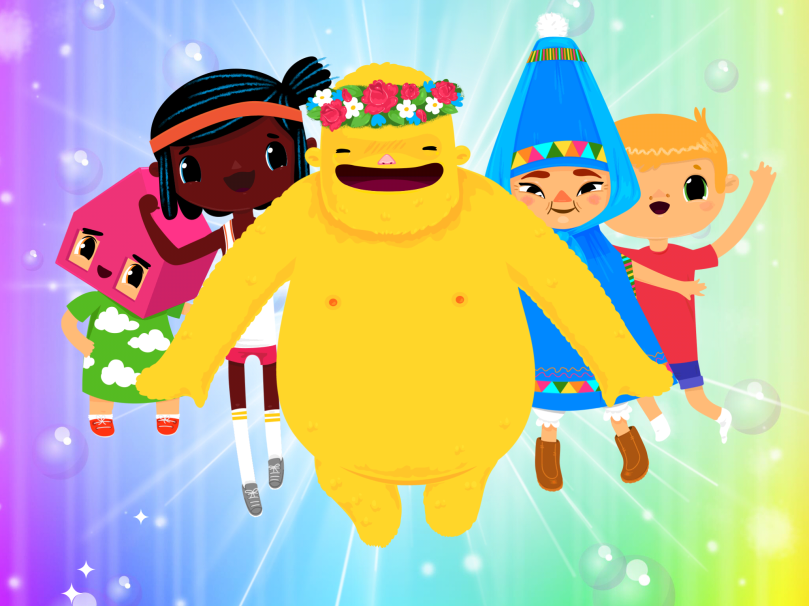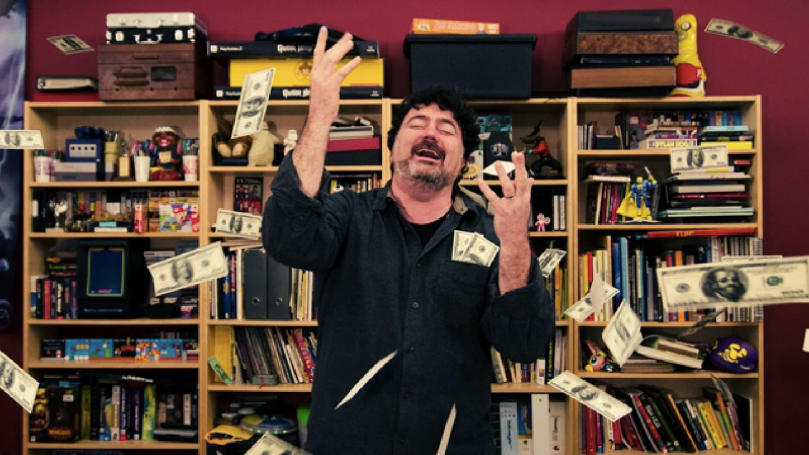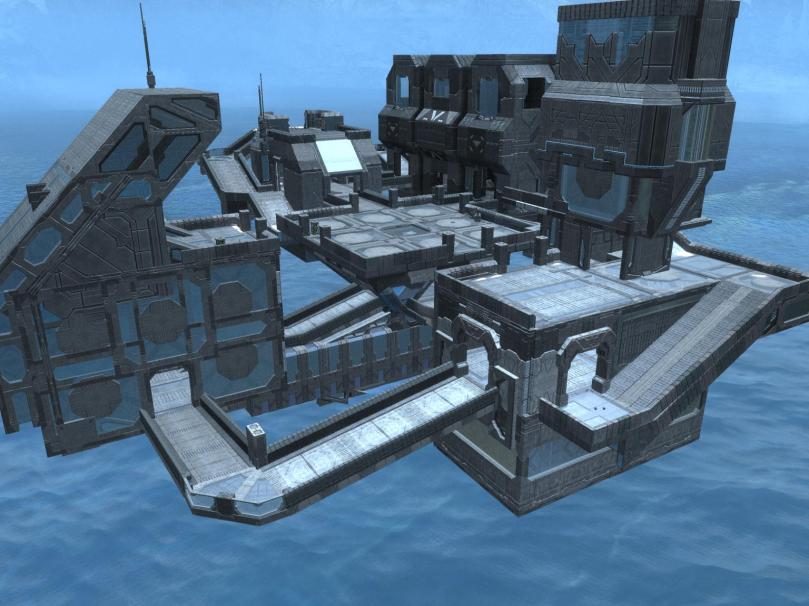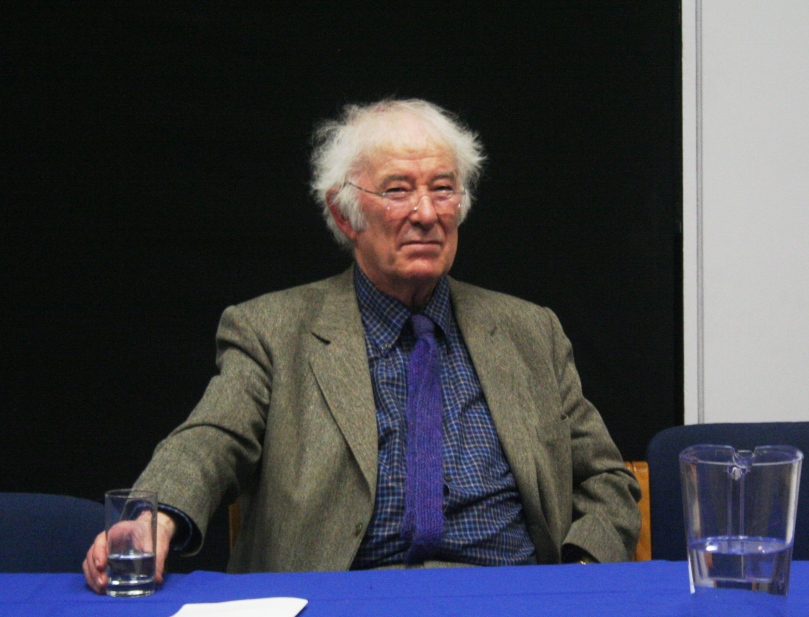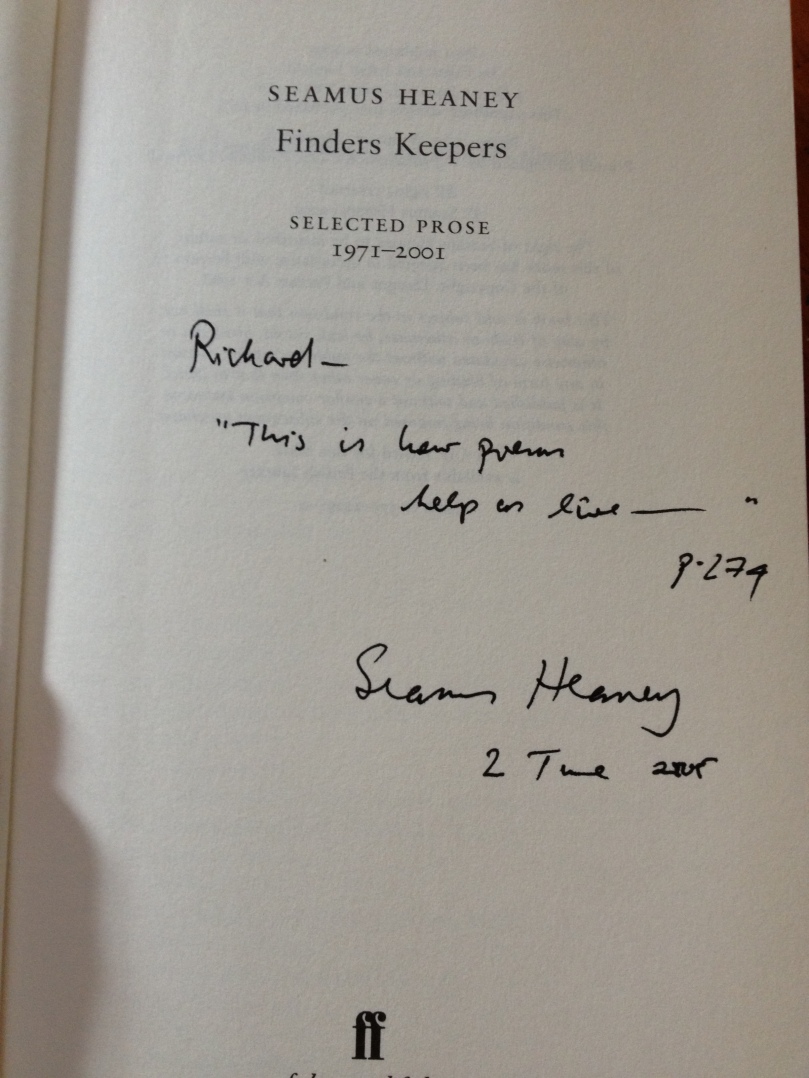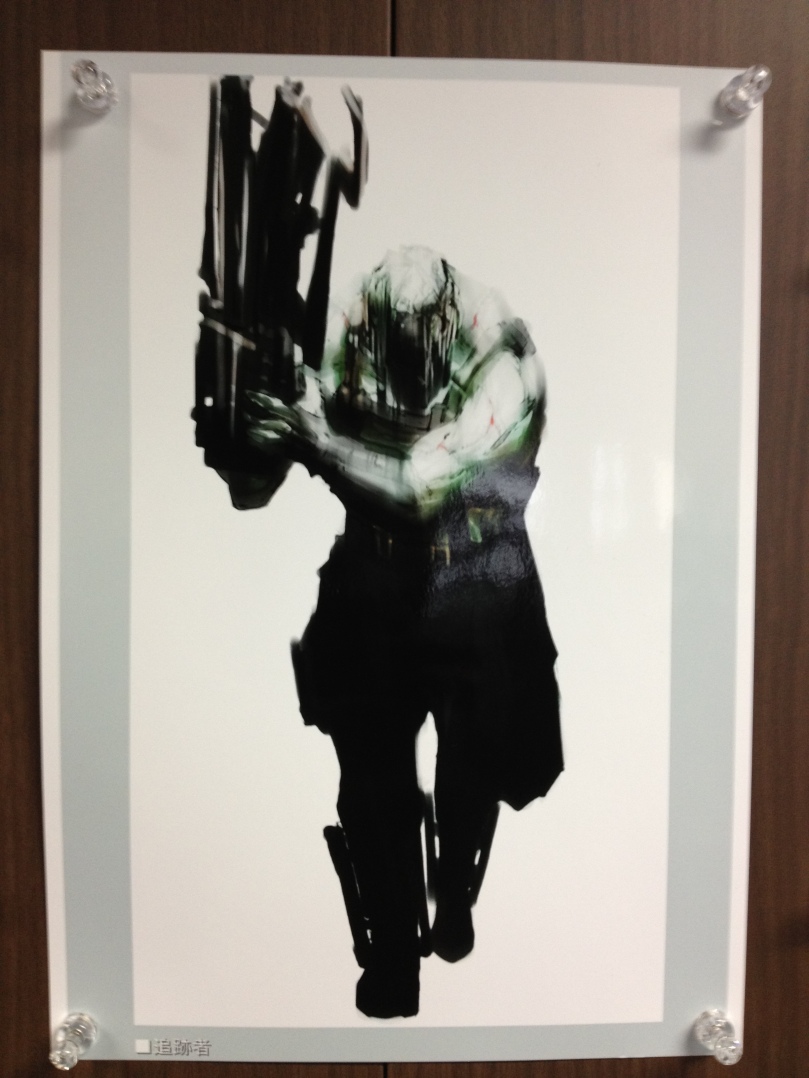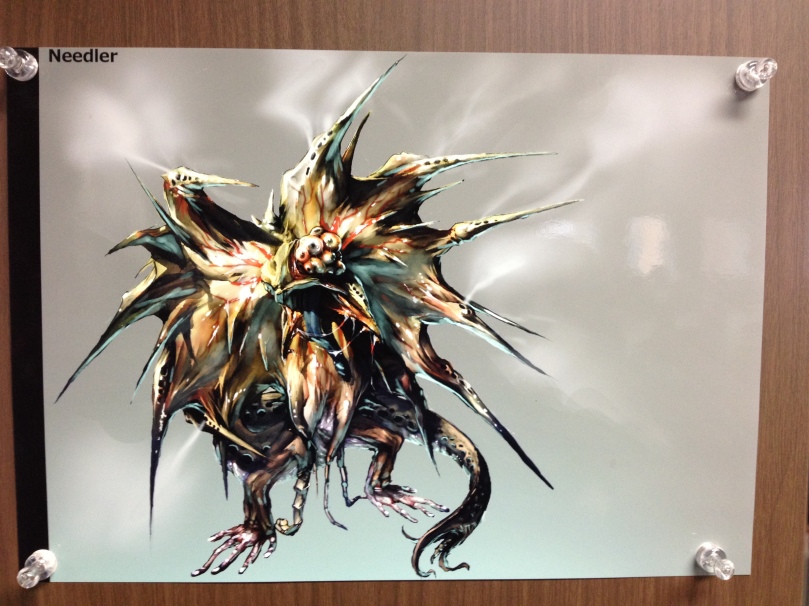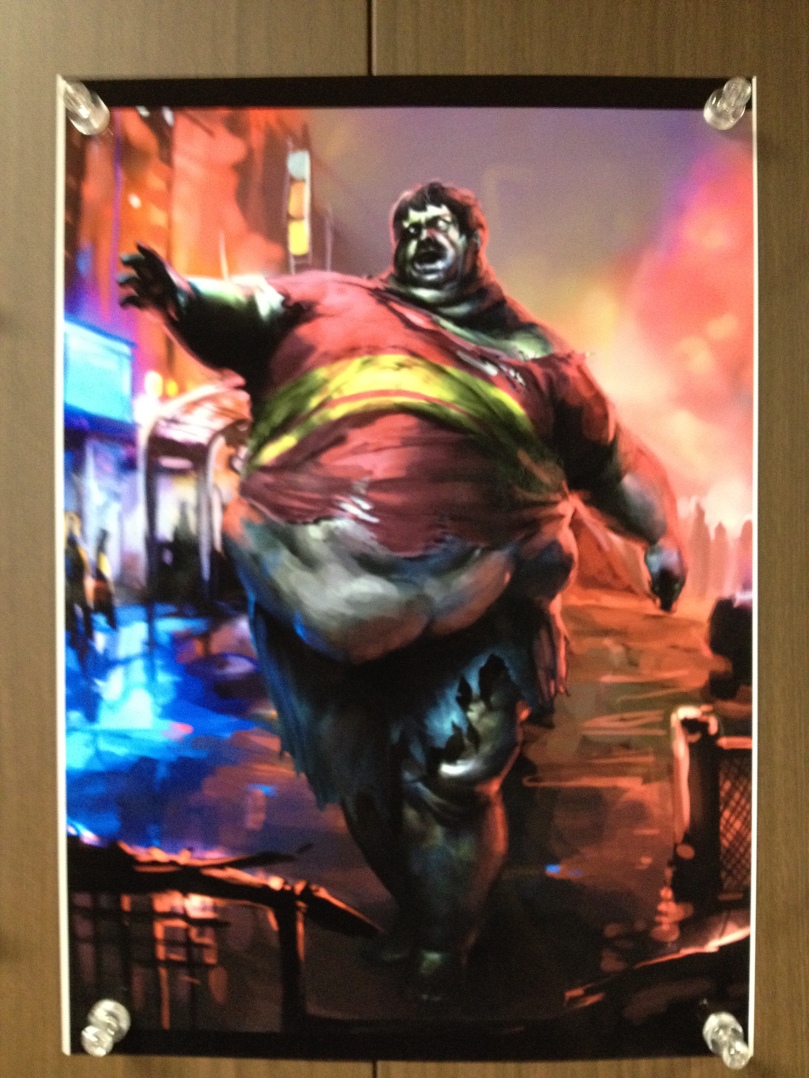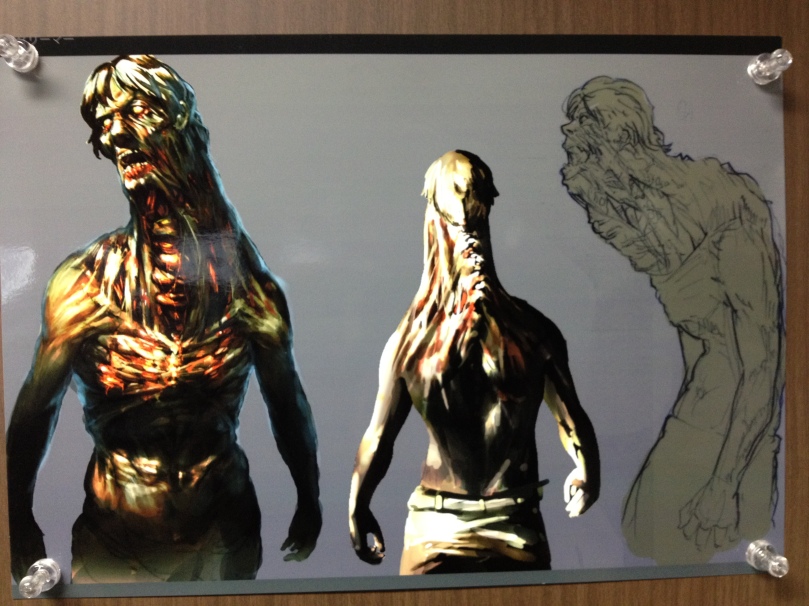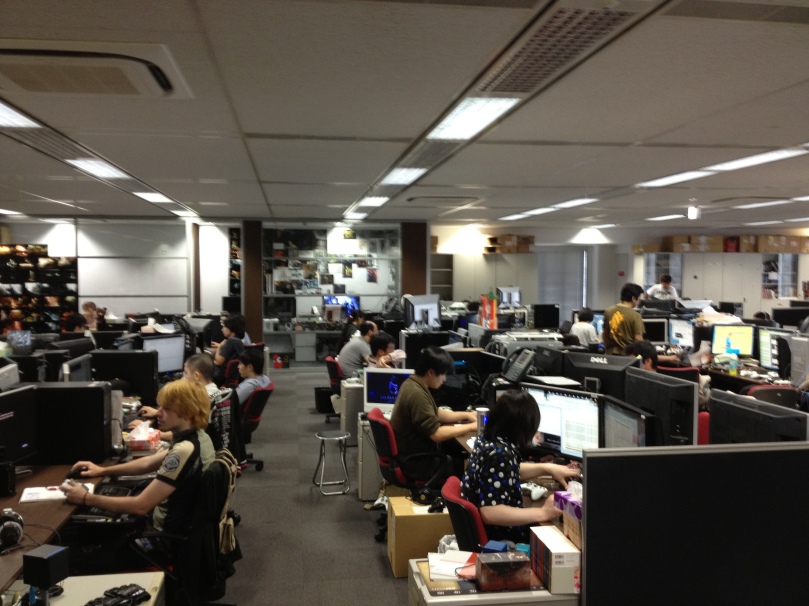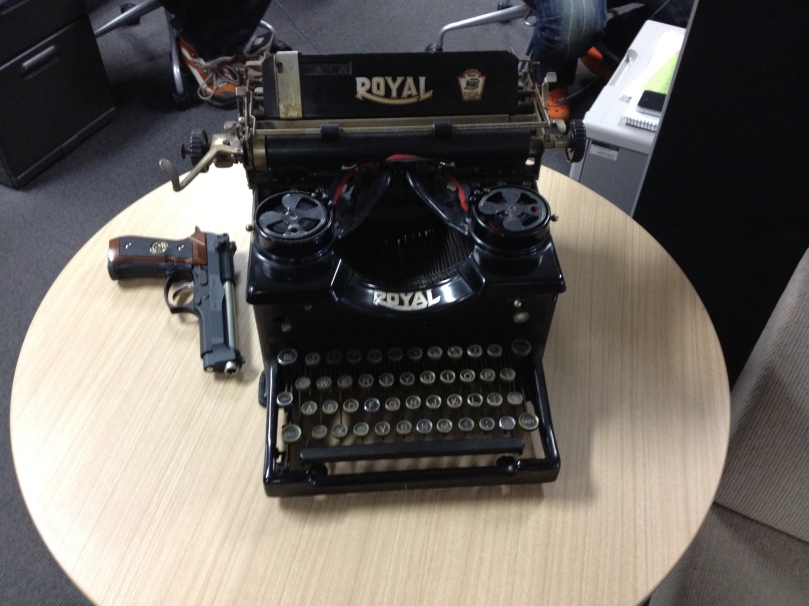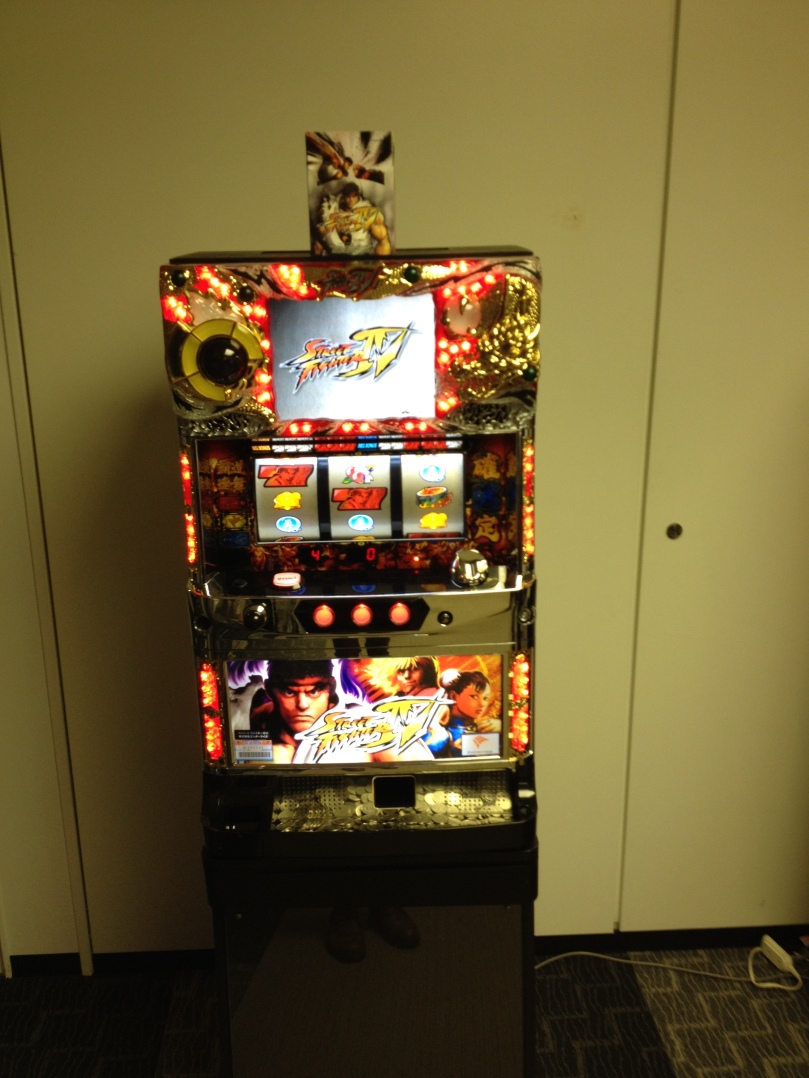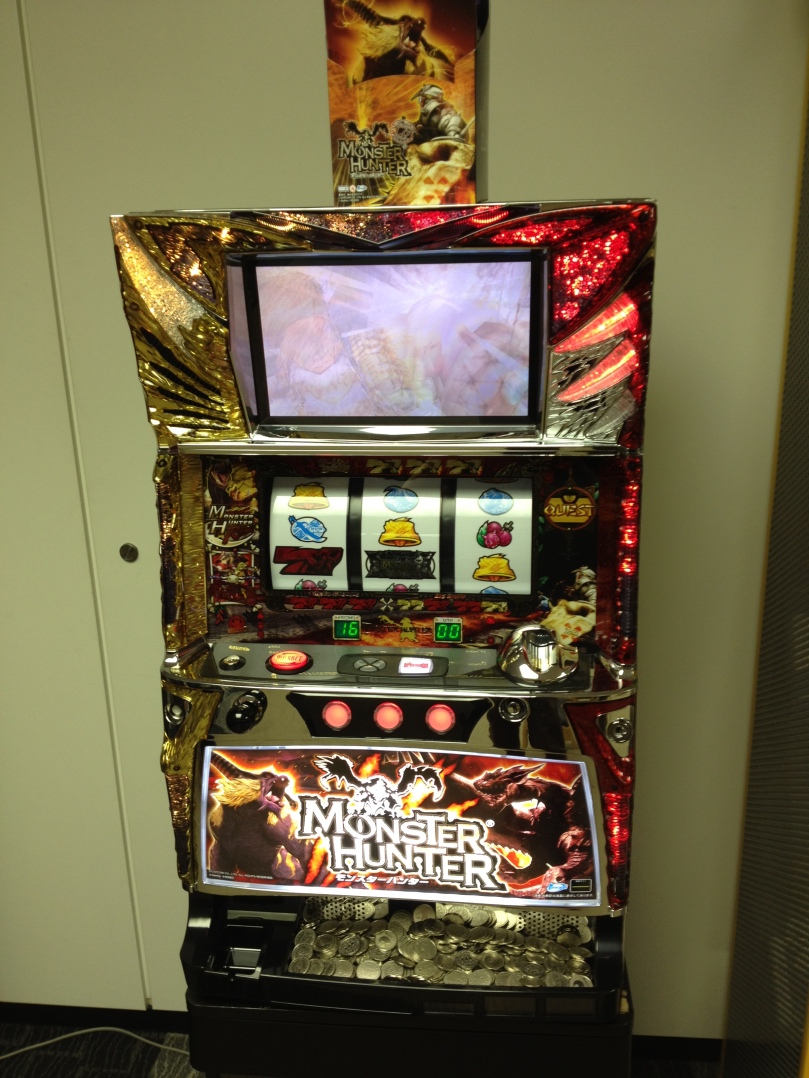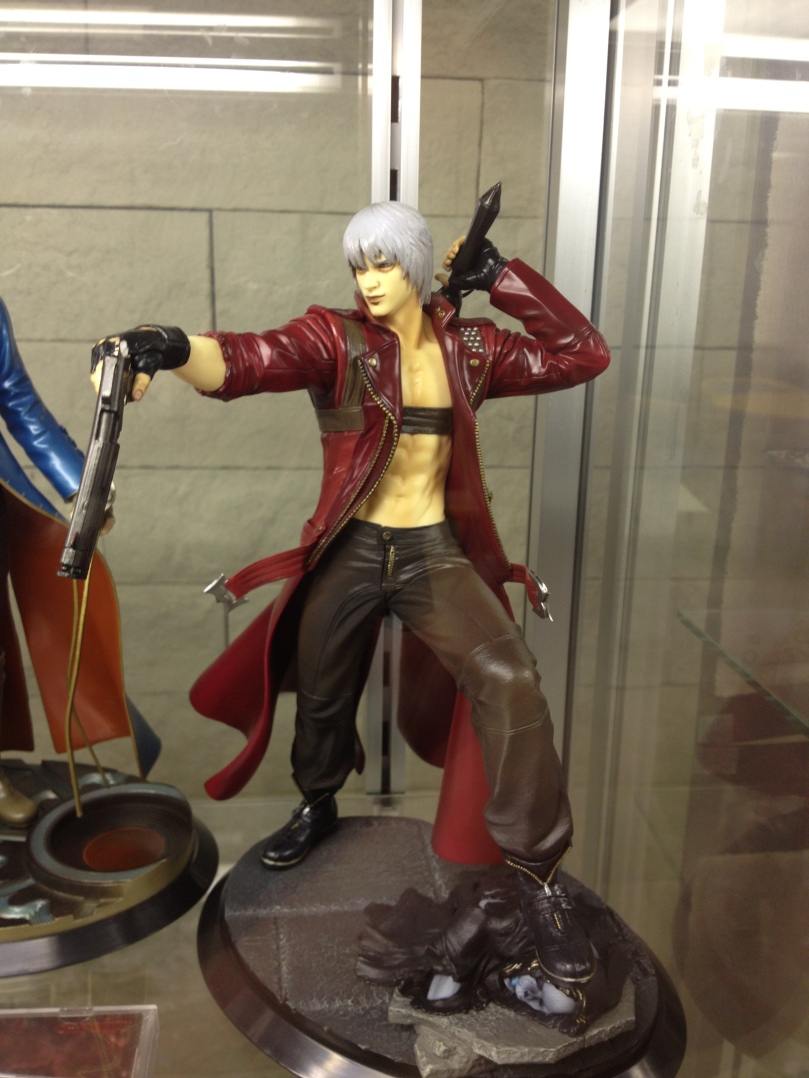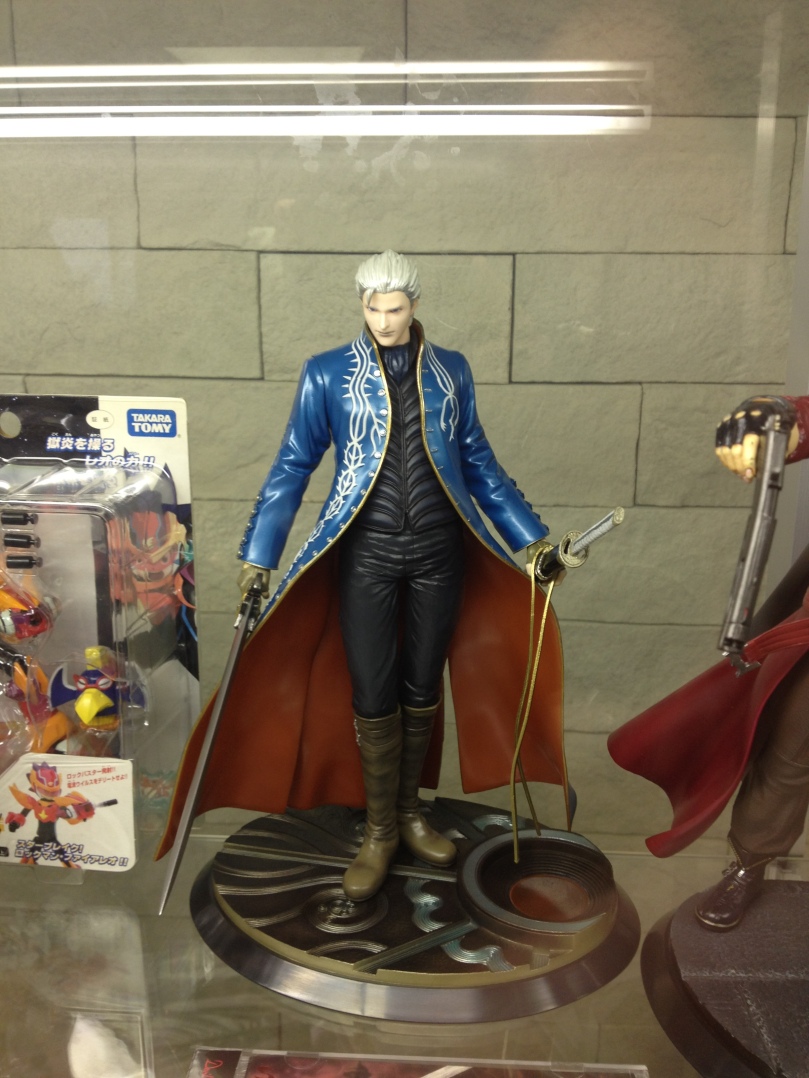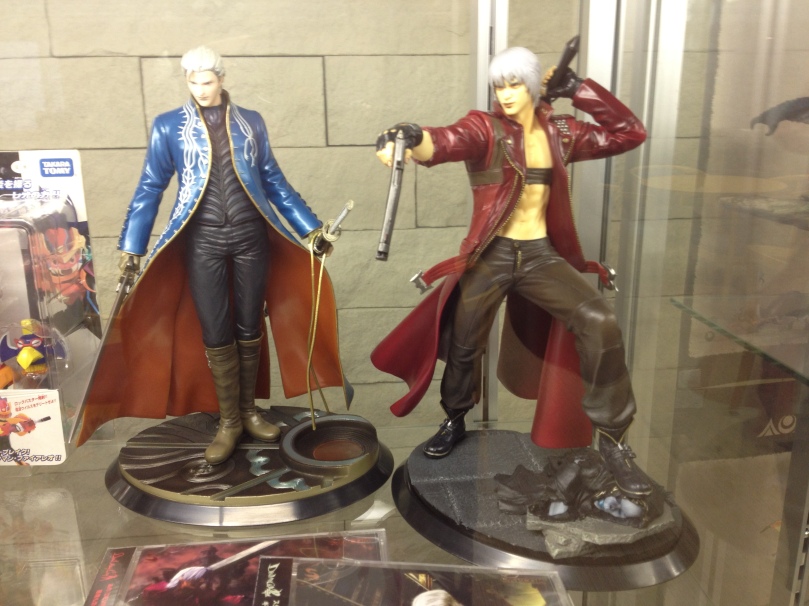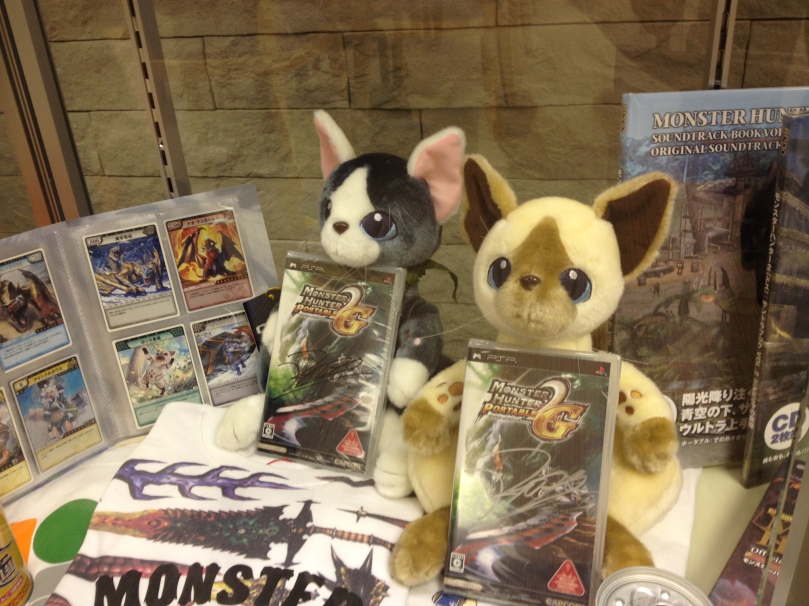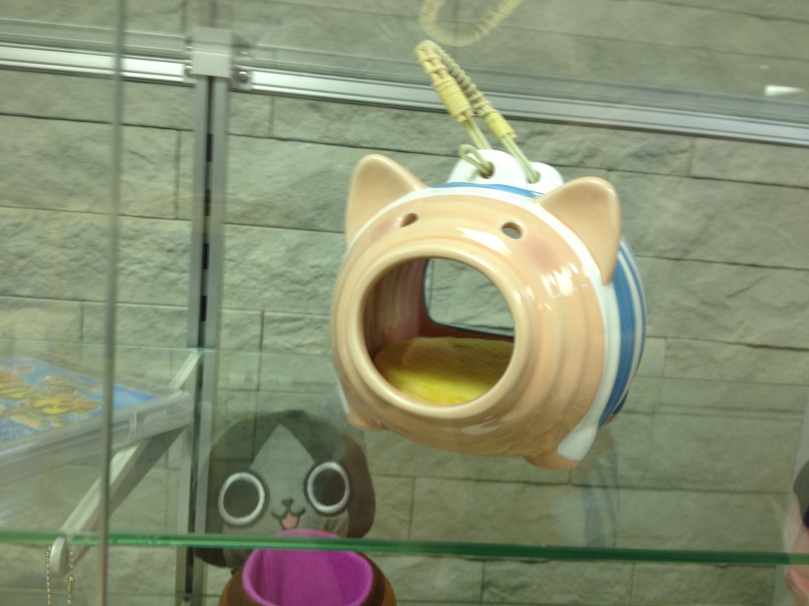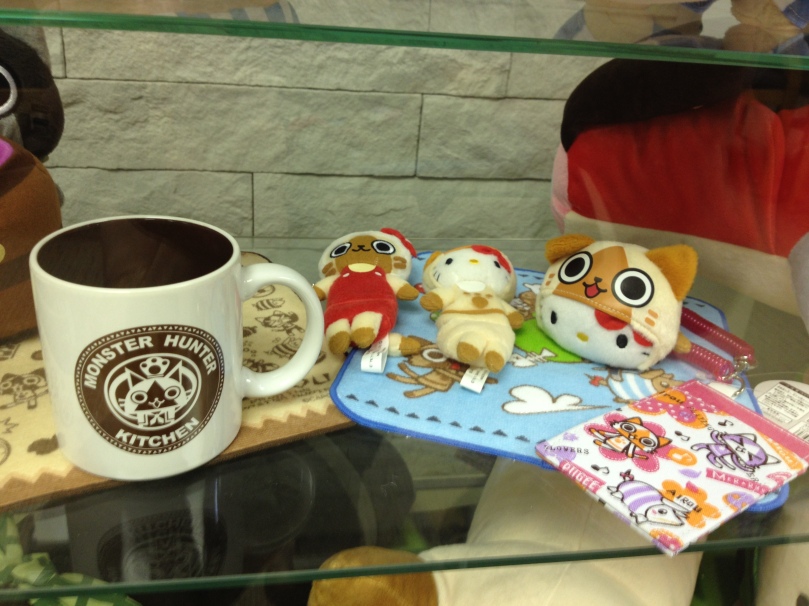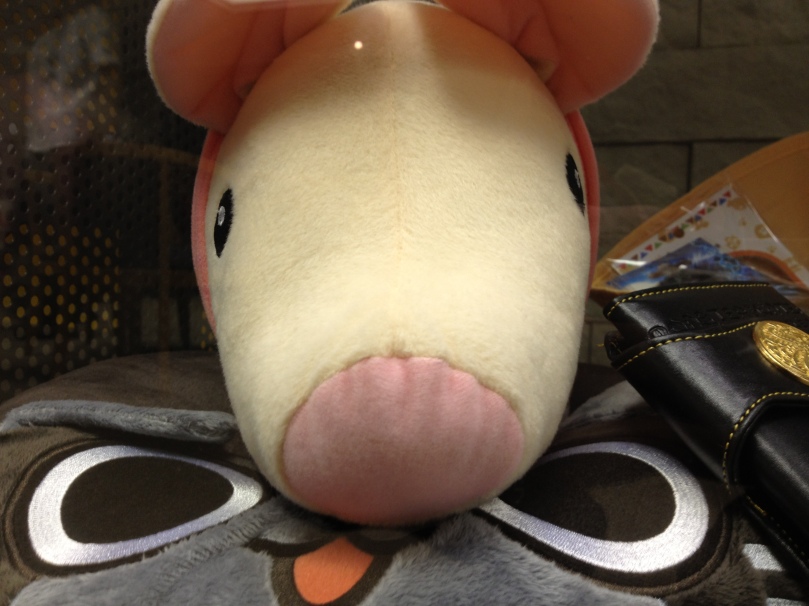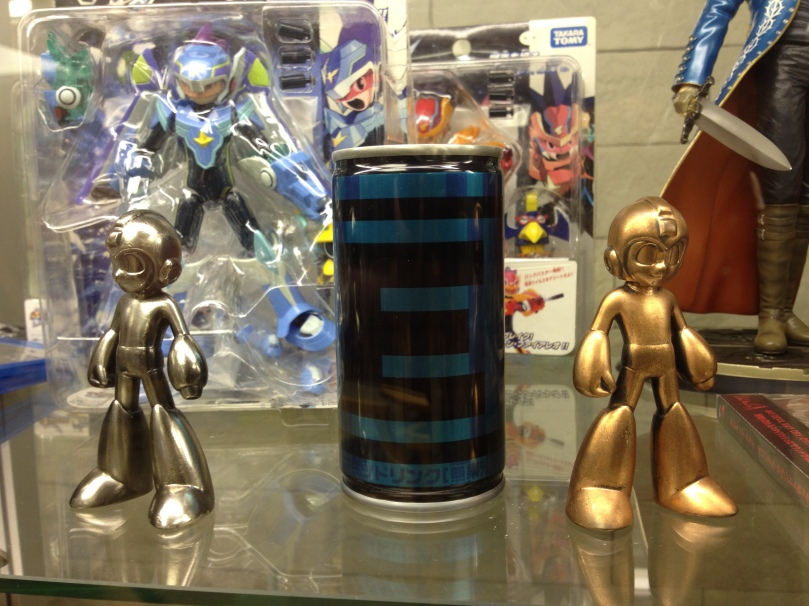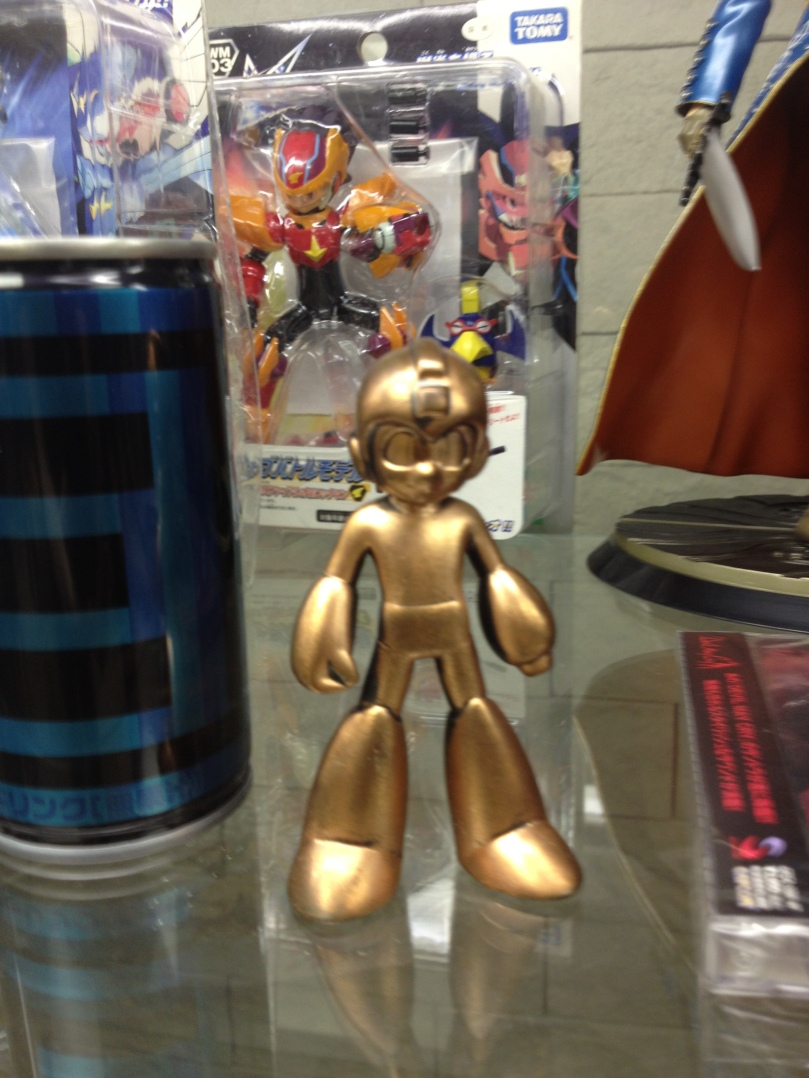
About a year ago I was reading a thread on reddit, which I’ve since lost, where people were talking about shitty jobs. If you’re a games journalist then recent months have been the pits. The constant begging to do work for a pittance is one thing, but now there’s an internet mob of angry morons convinced we’re the Illuminati steering a multi-billion pound industry. Anyway. Things are bad, but it cheers me up to think of the worst job I ever had.
I spent most of my teenage years in a town in the North East of England, South Shields. It’s known as Catherine Cookson County, because ‘Wor Kate’ lived there, and appropriately enough is rather grim and nondescript. It was in the news last year for a local who decided threatening American children online was funny, until he caused a shutdown of Ohio’s school system and got locked up for 2 1/2 years. Much as I knew (and know) good people there, I couldn’t wait to leave South Shields.
I got an early chance to do this when I was sixteen. My mum had been talking to a friend of a friend who lived and ran a business in Florida – in fact, it would turn out, she ran several businesses. Between them they came to some arrangement whereby, in the summer after leaving school, I could fly over to Orlando – and this woman, whom I’d never met and my mum barely knew, would put me up for a while and let me work in her restaurant.
6 feet tall and pencil-thin, with the delicate milky skin of a true Scotsman, I knew only that being a waiter in America was basically the first step towards Hollywood fame. Off I went with a new passport, showing my younger self topped with a whole tub of Brylcreem, which rather embarrassingly I had to use until I was well into my twenties and a hunk. This led to several priceless delays at immigration, e.g. Texas: “Here [points at picture] you’re some kid, but now you look like Harry Potter.” Actual words spoken by a human.
At first things in Florida went like planned. My host was an energetic do-it-yourself type, and ran a restaurant with another friend of hers who was a bit more weaselly. I waited tables, washed pots, and pretty soon was cooking (most of the menu was pre-prepared in huge batches and just needed heating up).
Some crazy shit happened in that place. Perhaps the worst of it was when the entire row of buildings the restaurant was in got infested by rats. Despite the immediate intervention of pest control, those things took weeks and weeks to get rid of – and, thanks to a mess of rancid dumpsters nearby, never really went away. I was once given the job of drowning a rat (I secretly let it go). But this wasn’t the worst job I ever did, not by a long way.
For reasons too convoluted to detail here, but basically involving the restaurant going arse-over-tit, my host soon began finding me other work to do on certain days. She and her friend seemed to have a variety of going concerns which they’d juggle around, and it turned out one of these was cleaning empty houses.
So it was that one sunny morning I found myself in the passenger seat of her SUV, being driven into classic American suburbia – white walls, freshly-mowed lawns and a good sprinkling of flagpoles. Flagpoles are one of the nuttiest fetishes Americans have, which is saying something, and I’ve often thought they’re a direct result of those famous words schoolchildren have to parrot. “I swear allegiance to the flag…” Swearing allegiance to a flag. As David Foster Wallace noted in his post-9/11 essay ‘The View from Mrs Thompson’s House,’ in some places they reach a concentration where you’re making more of a statement by not having a flag.

These houses were in a long curve, and they all had huge driveways going up the side – soon enough we were parked on one. My boss opened the house and we poked around the large entrance room. “We need this place tidy, no-one’s been in it for a while. I’ll be back at five.” And off she went, leaving me with a pair of rubber gloves and a bag of cleaning products.
I was raised to do my chores and pitch in; I wasn’t unfamiliar with scrubbing or dusting or polishing. But I wasn’t a professional cleaner. I started in the entrance hall, which wasn’t too bad despite a few roach carcasses in one corner. It opened onto a large open-plan living area, part of which was a relatively clean kitchen. And so I spent the first hour or two in the entrance and kitchen getting rid of junk, washing sideboards, and scouring a thick layer of grease off the oven.
I opened a Coke and began to consider the living room and its abandoned centrepiece; a beige couch, unevenly marked with long and thin brown stains. My masterplan was to shove it in the corner while cleaning. As I walked towards it I noticed, again, a few roach carcasses around the base. Up-close I could see there were also dead roaches around the cracks of the seats. I’m not squeamish, and I had gloves on, so after walking around it a few times I gingerly began to push the couch.
The unmistakeable crunch of lots of roach corpses. Suddenly I started seeing what, somehow, I’d missed before. In two corners of the living room there were dead roaches, slanted piles several bodies deep. I began examining the house more closely and jumped out of my skin as one crunched underfoot like an eggshell. Upstairs and around the first floor rooms there were strange little conga lines of dead roaches, arranged around cardboard boxes and shooting off at random angles. A utility cupboard had a pyramid of bodies in the exact centre of its tiny floorspace. And then there were the corpses snaking upstairs to the second floor.
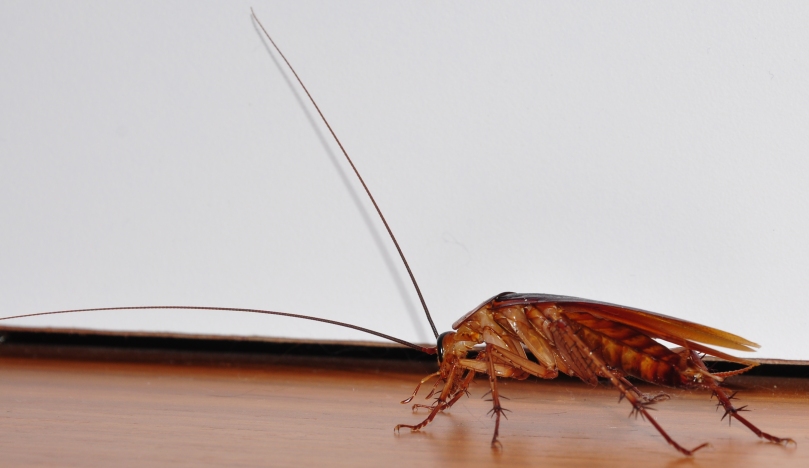
Dead or alive, roaches are grim things. And the quantity I’d found suggested a serious problem. I went outside to consider the situation, which wasn’t looking so good. My boss would be back at 5pm that afternoon – and it was about 11am. I had the restaurant’s number but no mobile phone (this was 1998), nor did the house have a working line, and I couldn’t see a callbox anywhere near. I didn’t know where I was, or have transport. At times like this, suburbia may as well be a desert.
My biggest problem, though, was that I was a teenager. If something like this happened to me now, I’d walk out and get the right people involved. As it was I simply decided I’d have to deal. This is a funny thing about teenagers, I think; adults often underestimate the determination of the nearly-adult, and the kind of logic that runs “You wanna take advantage, huh? Well I *did* it, smartass!”
I went back in and for the next few hours filled carrier bags and then black bags with roaches. They were all between one and two inches long, with a deep red-brown colouring, and as I shovelled pile after pile what I couldn’t quite believe was that they were all dead. Despite the surface horror of the task I began mentally drifting, wondering how on earth this had happened – how long had the house been abandoned for? Had they starved? It seemed the only logical conclusion. Did the owners know about this when they booked a cleaner and just leave it as a nice surprise?
Soon I had two black bin bags filled with 20% household junk and 80% insect corpses. I double-bagged and moved them outside, then scoured my gloves and lower arms as best I could in the kitchen sink. The ground floor wasn’t clean, but it was roach-free, and the same was true of the first floor. I’d prepared a sandwich that morning and went outside to eat (strong stomach, right?), sipping my second coke and knowing that next was that snaking line of corpses going up to the second floor.
Something was strange about it. Elsewhere the roach bodies were in disorganised piles, little collections here and there with no discernible pattern. But this was a line, more or less unbroken and two to three roaches deep at every point, and that suggested something more. What was up there? Thanks to a boyhood infatuation with the Teenage Mutant Ninja Turtles I’d once read about the urban legend of rat kings, multiple rats with their tails knotted together that are supposed to ‘control’ the hive mind with unusual intelligence, and this came back into my mind with the force of unarguable truth. Was there a roach king up there? Was I the idiot in the horror movie who goes upstairs to investigate? I crunched the coke can in on itself, and went back.
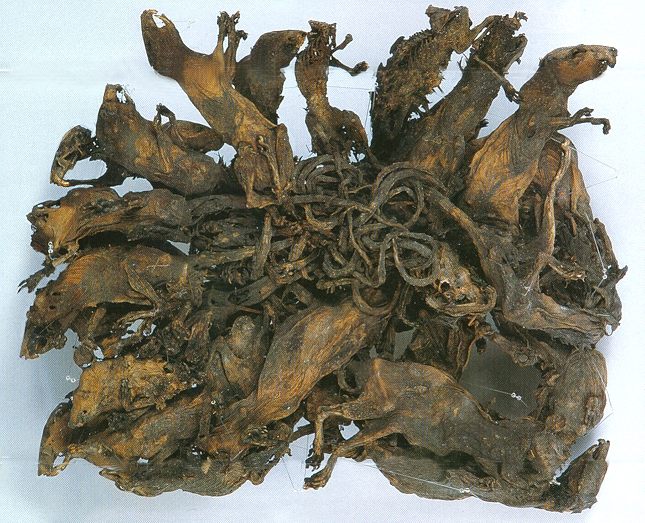
The line snaked up the second-floor staircase and I followed in no hurry, scooping the husks up with the careful slowness of someone showing no fear to no-one in particular. There were two rooms on the top floor and of course I went into the other one first – a few piles of roaches, the same as downstairs. Then I opened the room where the line had to terminate.
It was a bedroom. If it wasn’t for the line of dead roaches, it would look like any other slightly shabby bedroom in the world – an old dresser, a chair, a cupboard, a dusty window. But of course there was a line of dead roaches, and they led straight to the bed. I suddenly became quite scared, I didn’t want to get on my knees to scoop up any more corpses in case – what? In case they suddenly started flying at me. In case something emerged from the bed. In case anything moved.
Nothing moved, so I did. The bed was a bare mattress on a base, and the line of roaches went up to the base and then seemed to end, with a few scattered atop the mattress. I finally worked up the courage to get on my knees and clear the floor, and after a much much longer time put my head to the ground to see under the bed. Not much, a few more corpses. At that point it all seemed like a big joke, like I’d followed a line to nowhere. Then I noticed the almost imperceptible bulge in the middle of the mattress.
I knew instantly that, whatever was waiting, was waiting in-between the base and the mattress. The roach king, his meal finally arrived? By this stage I was so inured to handling dead insects that I didn’t want to delay things any further. I made sure I had an assortment of ‘weapons’ within easy reach, worked my fingers into the gap, and lifted.
Think of the size of a single bed. What I saw was a flattened brown oval, about 2/3rds the bed’s length, of corpses piled atop corpses. At the thin ends it was three or four insects thick, in the thick centre it was simply hundreds upon hundreds upon hundreds of cockroaches. The mind plays tricks, and I saw movement – but it was just where I’d unsettled the edges of this mass grave, where long-compacted husks were exhaling by millimetres. And then a putrid, sweet smell of decay made me gag.
I heaved the mattress against the wall, and stepped back. It is hard to feel empathy towards insects, but a mass grave is a mass grave. I was nauseous. I coughed, but couldn’t put my hands near my face. Suddenly I really felt the need to have my hands out of these gloves, to be out of this room. I started retching.
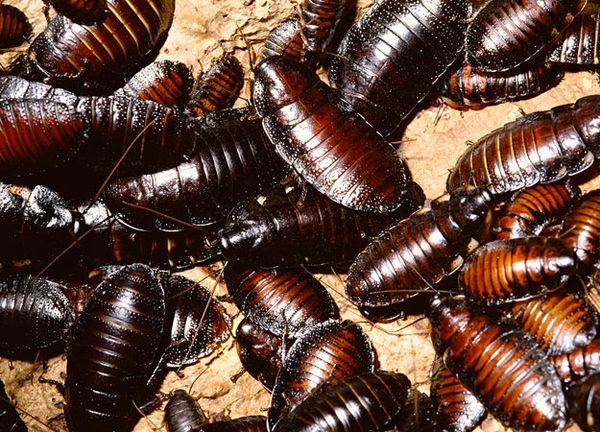
I decided that, whatever the consequences might be, I wasn’t dealing with this, and turned around and walked out. I finished cleaning downstairs, then sat on the sidewalk for a few hours. When my boss arrived I refused to do any more cleaning jobs, and went back to the kitchen with the rats and weasel-faced assistant.
There’s no moral to the story. I never think about the dead roach house much, except when I need to remember that someone somewhere always has it much worse.
And if I hadn’t done it, I wouldn’t have refused to do that kind of work again, and would never have been on a plane home a few weeks later – where I ended up sitting next to a kind woman who spoke to me the whole way, and convinced me that university had to be my next stop in life.
Hindsight always makes your own life seem like a story, a series of events leading to now. Truth is a lot of the time you’re just moving away from the things you definitely don’t want – and get lucky. But yeah, writing about videogames? I’ll take that over clearing out roach infestations. Even if, in the worst moments, they can seem like the same thing.



